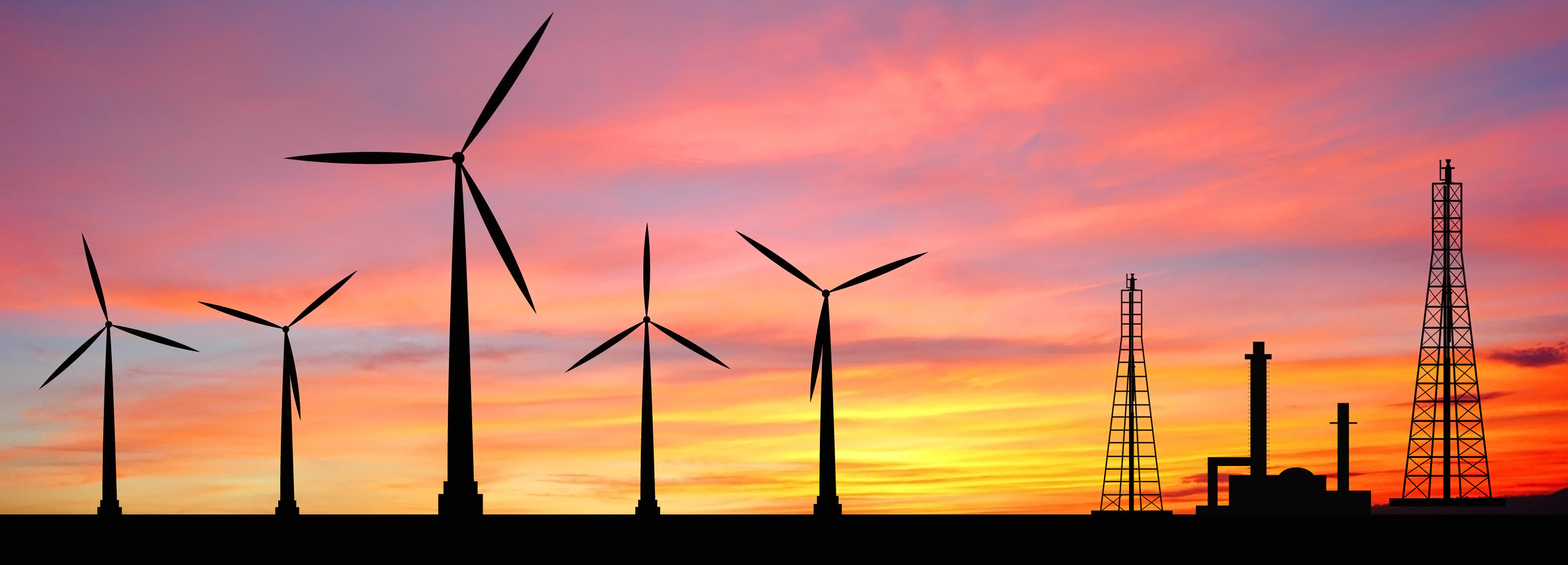In today’s talking points: Australian energy and resources exports are set to skyrocket to a AU $215 billion in 2016/17 financial year; Infratech Industries and the University of Newcastle revealed plans to create the Energy On Demand System; Next five years will see China reduce iron ore and coal needs; Australia’s fast-acting inverter technology and successful grid management will lead to electrical speeds much faster than gas and coal-fired plants.
Infratech Industries and University of Newcastle seek to tackle solar and storage market
Infratech Industries and the University of Newcastle revealed their plans to create the Energy On Demand System with the inauguration of a 30kW commercial demonstration plant at the University’s Newcastle Institute for Energy and Resources (NIER). As a new competitor in the distributed generation market, they have high hopes to take on solar and battery storage with a twist on cogeneration technology that will be able to provide simultaneous24 hour power, hot water, oxygen and hydrogen by its polygeneration process. Supported by a CSIRO Grant, they aim to target commercial and industrial users, and eventually residential. According to Infratech CEO Rajesh Nellore, the system can produce power as well as create hydrogen and oxygen as sellable byproducts – ideal for patients with respiratory diseases in need of oxygen supply. He also added that its use may also be beneficial to governments needing to address supply issues as the system can run for predefined hours at a time, for instance during peak periods.
Read more at Renew Economy
Energy and resources exports are set to skyrocket
Australian energy and resources exports are set to skyrocket to a AU $215 billion in 2016/17 financial year. This has been triggered by an unexpected rebound in iron ore and coal prices. In a quarterly report by the Department of Industry, Innovation and Science, it attributed the 32 percent leap in export revenue in 20115/16 to a sharp increase in gas exports. However this figure is expected to remain stable in 2017/2018 as export volumes for liquefied natural gas are expected to surge to offset the decrease in iron ore and coal earnings. A spike in these prices last year have been driven by economic stimulus measures in China and temporary shortages in supply. The prices for iron ore – Australia’s largest export – have doubled to trade at US $81.50 a tonne after Cyclone Debbie disrupted supplies which account for over half of the world’s seaborn coking coal supplies. In the previous month, the government cautioned gas producers to maintain adequate domestic supplies after the market regulator flagged potential shortages in the coming years.
Read more at Sky News
Australian Mining Industry Examines China Limiting Steel Production
In a bid to smother out air pollution in its major cities, the next five years will see China reduce iron ore and coal needs. Australia’s resource and energy commodity export earnings are forecasted to reach a record high of $215 billion between 2016-17, with prospects remaining strong according to Mark Cully, chief economist for the department of industry. This predicted rise comes from a drive-in Australia’s resources and energy sector comes from metallurgical coal and iron ore export earnings. However, the largest growth portion will be from liquefied natural gases (LNG), which grew by close to 50% between 2015-16 with it foreseen to double in the next three years. Overall global demand especially over the next five years for Australian resources and energy remains resilient.
Read more at australianmining
Largest Australian Solar Farm to Begin Contraction in SA
It has begun, the first of a two stage 300 MW solar farm based near Australia’s Port Augusta South Australia. With developers succeeding in a financial close last week, the Bungala project was sold to European investors Italy’s Enel Green Energy and the Dutch Infrastructure Fund. With the state’s last coal fired generator closing in May and with 50 per cent of South Australia being run on wind and solar, project developer Reach Energy is directed by Tony Concannon looks to build around 12km of 1,000MW of reliable solar energy. Using fast-acting inverter technology and successful grid management will lead to electrical speeds much faster than gas and coal-fired plants. Origin Energy chief Frank Calabria also stresses for focus on solar in Australia as the world energy markets transition, securing Australian homes and businesses with an affordable and cleaner supply is of crucial importance.
Read more at reneweconomy

